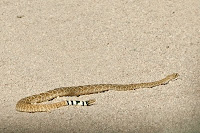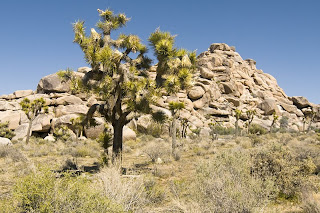Rumor spreadin' a'round, in that Texas town 'bout that shack outside La Grange
(And you know what I'm talkin' about)
Just let me know if you wanna go to that home out on the range.
(They got a lotta nice girls)
Well, I hear it's fine, if you got the time, and the ten to get yourself in.
And I hear it's tight most ev'ry night, but now I might be mistaken.
Have mercy.
------ ZZ Top, La Grange
The year is 1905 -- Theodore Roosevelt is President, Albert Einstein is working on his theory of Relativity, the first forward pass in American Football is thrown, a small town in Nevada called Las Vegas is founded ... and arguably the most famous "House of Ill Repute" in the country opens for business on the Colorado River in La Grange, TX.
Miss Jessie found a nice place just outside the town limits, and ran the business with local Law providing Silent Partner services. Business interests grew and grew (sorry, Intended Pun 1). Then in the 1930's the country was hit with what was then called simply The Great Depression, but unfortunately may now start being called The First Great Depression.
Her services were still in demand, but so many men had so little money -- but they had chickens! So the Chicken Ranch was born, charging one chicken for one lay -- which seems somehow appropriate (Intended Pun 2). Miss Jessie would then sell the chickens or the eggs at market.

Original Chicken Ranch (photo attribution unknown)
In the 50s, the ownership changed from Miss Jessie to Miss Edna. Miss Edna became the town's leading contributor to civic causes, retaining the close and mutually profitable working relationship between the Ranch and local law enforcement. The customers kept coming, and let me apologize now for Intended Pun 3! Chickens were no longer used as currency, the going rate being a competitive $15 for 15 minutes.
In 1973 the house was finally closed, but two years later customers were still pulling into the drive. The place has now been sold, the house demolished, and the entire affair mostly wiped off the La Grange map. There are no "Chicken Ranch Giftshops," "Chicken Ranch Condoms," or "Chicken Ranch Coloring Books" in this town. The back of the property can just barely be seen from a city park that looks over the Colorado River. The front is inaccessible -- upon turning into what was the drive, it becomes obviously and annoyingly clear that the Chicken Ranch has now been transformed into the Private Cow Pasture.
Chicken Ranch Property Today
If the story of the Chicken Ranch sounds familiar, it should -- this was the the legend that spawned both the play and the movie, The Best Little Whorehouse In Texas.












































